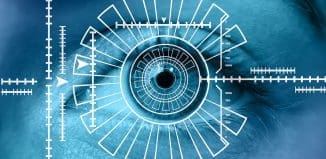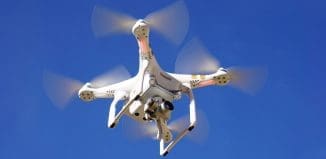New Technology Could Save the Lives of Firefighters
This post is also available in:  עברית (Hebrew)
עברית (Hebrew)
When entering a burning building, one of the highest priorities for firefighters is to know the precise location of each team member at all times. GPS and other positioning systems work well to an extend, but environmental conditions, obstructions and interference from the building itself can critically limits their positioning capabilities. If a firefighter gets injured during an operation, search teams rely on old-fashioned communication systems to find and rescue their comrades. The Science and Technology Directorate (S&T) at the Department of Homeland Security is developing a new system, the Precision Outdoor and Indoor Navigation and Tracking for Emergency Responders (POINTER), to make these missions more reliable and safe.
“This technology is critical to ensuring the safety of our first responders. In the event that they lose communication with their command unit, we will be able to pinpoint locations as close as three feet,” said Deputy Under Secretary for Science and Technology Dr. Robert Griffin, who is himself a former firefighter. “Besides assisting the first responder community, we could use this technology for a variety of response capabilities, such as a mine collapse to pinpoint the exact location of trapped individuals.”
S&T began working together with the NASA’s Jet Propulsion Lab (JPL) on this project in 2014. They have now a reached a stage where they can prove in testing the reliability of the technology with a margin of error smaller than one metre. This mean that rescue teams will be able to precisely determine the locations of a first responder wearing a transmitter. Next, they plan to test three-dimensional tracking, to allow rescuers to determine the floor the firefighter is on.
“A locator device that can pinpoint someone within one meter or less of their actual location is critical to keeping our first responders safe. We are very close to achieving that with our POINTER system,” said First Responders Group Director of Responder Technologies at S&T, Greg Price.
POINTER works so well because it uses low-frequency magnetic fields that propagate, and can transmit signals, through almost any medium, including any building materials.
“POINTER uses a system of electrically-small magnetic field loops to generate a field of energy that can penetrate most materials,” Price said.
POINTER will undergo additional field testing in the spring of 2016, and is expected to be transitioned to commercial use in 2017.





























